Grado succeeds in transferring the sound characteristics of their wired classics to the GW100. The open design ensures that this lightweight on-ear does not lack power, even with deep bass. Despite the manufacturer’s claim of reduced external noise leakage, the GW100 are not suitable for office use or public transport, but with a battery life of well over 40 hours, a high level of wearing comfort and audiophile sound, they make an ideal accessory for the home office. However, the quality of the headset microphones was noticeably poor.
With the GW100, Grado have captured the sound and design of the wired classics from their Prestige range. These on-ear headphones deliver high wearing comfort, audiophile sound with deep bass and remarkable battery life. As an open design, they are the ideal solution for use at home, but not for public spaces. The voice quality is a minus point.
A family business with digital ambitions
At first glance, the GW100 is reminiscent of Grado’s popular entry-level Prestige models, especially the SR80x. It was precisely that affordable entry-level “Made in Brooklyn” model that saved this family business in 1991, and they have been a staple of the Grado line-up ever since. At 150 euros, the SR80x delivers an astonishingly detailed sound image and, thanks to their open design, can easily rival some over-ear headphones that weigh twice as much.
Grado’s expertise in the development of analogue sound transducers is undisputed; besides headphones, pick-up systems for turntables are the company’s other mainstay. Nevertheless, the wireless headphone world is brutal: even Sennheiser, despite expensive in-house developments such as Ambeo, has said goodbye to the consumer audio sector and is focusing on proven professional product lines. In this respect, I find it courageous and commendable that Grado is venturing into the digital wireless world with their Wireless Series. This version V2 of the GW100 works with Bluetooth 5 and offers codec support for SBC, AAC and aptX.
Sustainable packaging, economical accessories package
The packaging of the Grado GW100 is kept to essentials and consists of a thin-walled box with foam insert, the headphones, a 120 cm mini-jack cable and a 60 cm short cable (USB-C to USB-A). At this price, 249 euros, a fabric bag as dust protection would have been nice.
In direct comparison to the Prestige series, it becomes apparent that the Grado GW100 was developed from scratch. Grado itself advertises the newly adapted drivers of the Prestige series, especially for the wireless range, but the housing and headband are also new.
Unfortunately, some features have fallen victim to the red pencil. The textured plastic housing of the SR80x was a real pleasure to hold, whereas the GW100 uses light, matt plastic whose feel does not impress me much. The wobbly buttons are a further indication that the GW100 was developed with compromises in mind. Actually, Grado attaches great importance to the fact that even the cheapest model in the Prestige series is hand-assembled in Brooklyn, New York. Unfortunately, the GW100, which costs more than twice as much, has to make do with being “Designed at Grado Labs in Brooklyn”
On the head: wearing comfort
This criticism fades into the background when you first put these headphones on. Despite my relatively large head, the suede-padded headband hardly developed any pressure and fit perfectly. The “antennae” characteristic of Grado allow infinite adjustment. Likewise, the flat foam pads, which can easily be reordered for about 20 euros a pair. Thanks to the fit of these headphones, the arms of my glasses were not pinched either. While I usually have to take regular breaks with larger over-ear headphones, I was able to work for hours with the wireless Grado without getting “hot ears”. No wonder, because the GW100 weigh just 170 grams, despite the more powerful battery with 850 mAh capacity on version 2, marginally more than the Grado SR80x (150 g) or the classic Sennheiser HD 25 (approx. 135 g). These headphones can be rotated 90 degrees, meaning they can be stowed “flat” in a backpack or handbag.
In addition to a status LED, the left earphone houses three buttons for controlling Bluetooth functions and the volume, as well as sockets for USB-C and stereo mini-jack. Via the latter, the headphones can also be used completely analogue without a digital/analogue converter and battery.
The sound: It’s a Grado!
The Grado sound signature is often described as unique, especially when describing the relatively flat frequency response, without overemphasised bass and treble. But another factor is that Grado headphones are basically open-back headphones, where the air moved by the diaphragm can escape to the outside. Besides higher wearing comfort, this also means that the Grado GW100 develops an outrageously deep sound image for this type of headphone. The mids are slightly overemphasised, which on the one hand is “classic Grado”, but on the other hand increases speech intelligibility.
The smooth and precise bass reproduction is impressive for headphones of this size, especially with acoustic recordings. The “punch” in the bass range, which is often masked in closed headphones, is completely absent here, and the listening experience is more reminiscent of small studio speakers. In the Dolby Atmos version of Herbie Hancock’s “Sorcerer”, the piano, acoustic bass, and drums were always clearly separated and broader than one would generally expect from on-ears, despite virtuoso playing. On Freddie Hubbard’s “Weaver of Dreams”, another jazz recording, the GW100s are impressive all along the line. Hubbard’s trumpet playing, with all its dynamic nuances, breath and key noises, meets audiophile demands. With bass-heavy club productions (Marteria & DJ Koze – Paradise Delay), the Grado GW100s reach the limits of their (sub-)bass reproduction due to their construction. Nevertheless, the track still sounds fat and makes you long for club PAs.
Calling: better without the headset
To reiterate, since the Grado GW100 are an open headphone, outside noise penetrates relatively easily. So in a noisy environment, you won’t get much enjoyment out of them. And it also means that consideration should be given to involuntary listeners. If, on the other hand, you work alone in your home office, the GW100 can prove to be a great accessory.
This does not apply to those who have to make frequent calls, though. Unfortunately, the voice quality is mediocre at best and sometimes falls well below that. People on the other end of the call pointed out the muffled sound to me without even being asked. It is somewhat incomprehensible why a company like Grado allows such an obvious flaw to persist.
By contrast, if you strip the device down to its essentials, the results look much better: The Grado GW100 is currently the world’s only true-wireless headphone with an open-back design. The price-performance ratio is not quite as attractive as that of the wired Prestige series; doing without cables ultimately costs an extra 100 euros.
Technical specifications
- Ear couplingOn-ear
- Typeopen
- Transducer principledynamic
- Frequency response (headphones)20 - 20.000 Hz
- Impedance32 ohms
- Sound pressure level (SPL)99,8 dB
- Cable length120 cm
What's in the box
- Cable with stereo mini jack (120 cm)
- USB-A to USB-C cable (60 cm)
Special features
- BT codecs: aptX, AAC, SBC
- BT version: 5.0



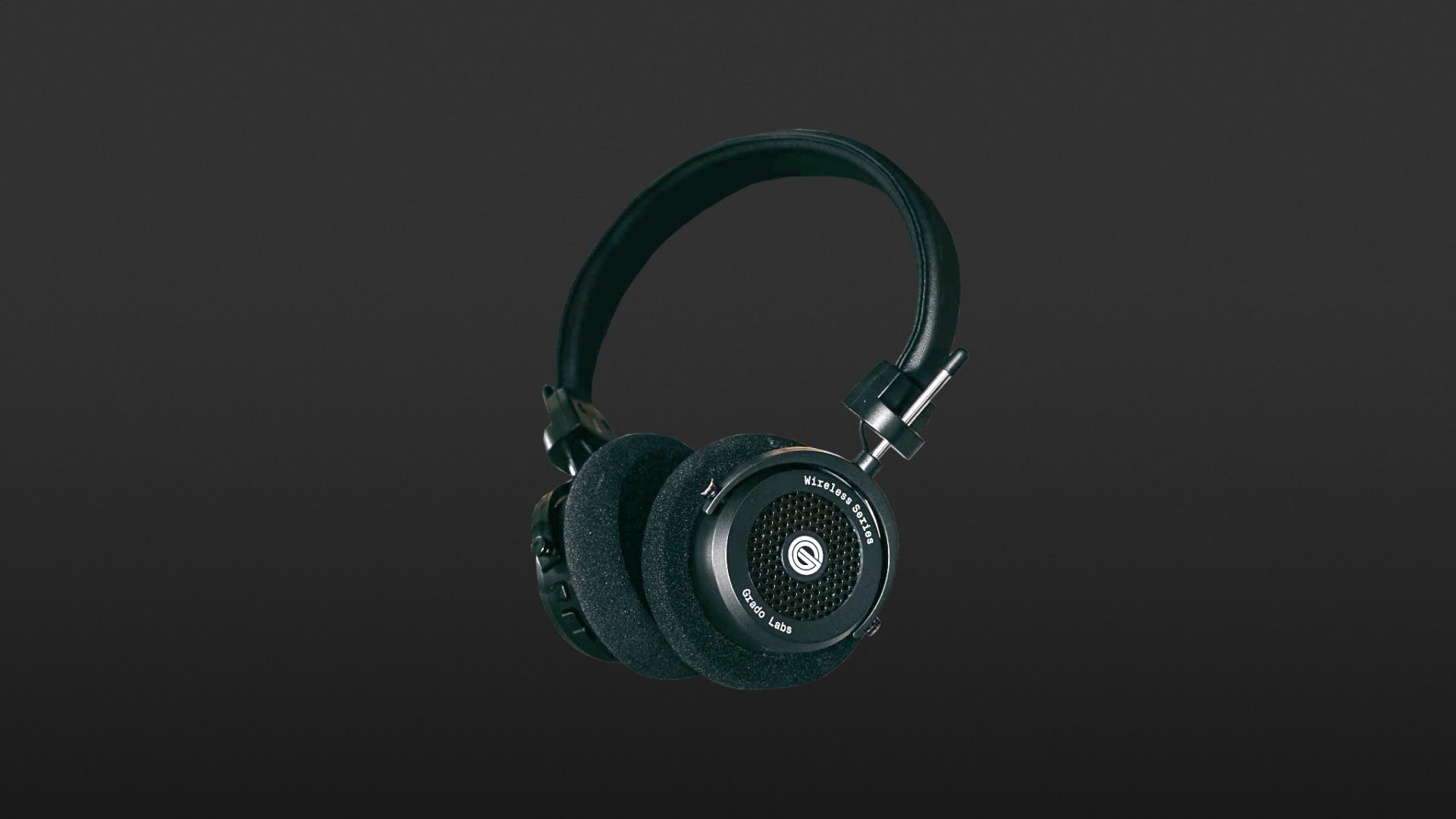



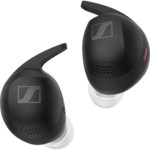
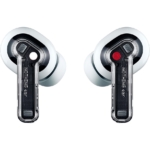





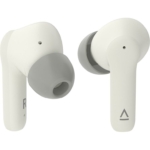



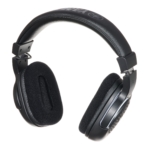

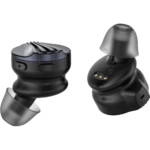
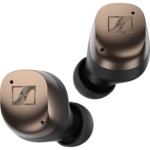




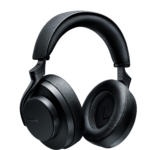






Martin.
Thank you for a very good review.
There is something you may consider amending though:
You mention:
“The Grado GW100 is currently the world’s only true-wireless headphone with an open-back design”.
Not correct. Look at the Hifiman range:
Deva BT, Ananda BT. Both open back designs.
Remember to set the codec to aac to get the best performance, dear users.
Seems the v2.0 only shines with AAC